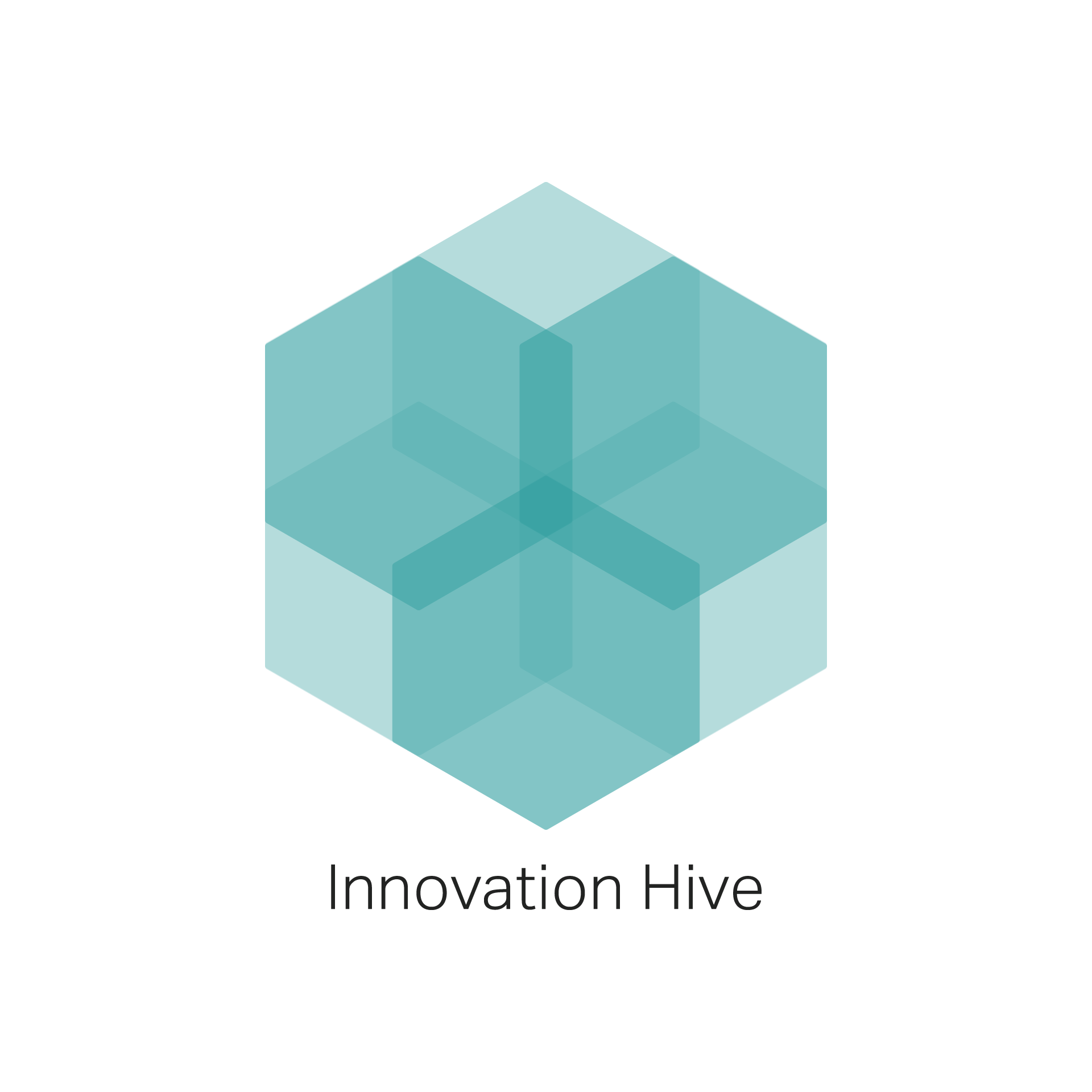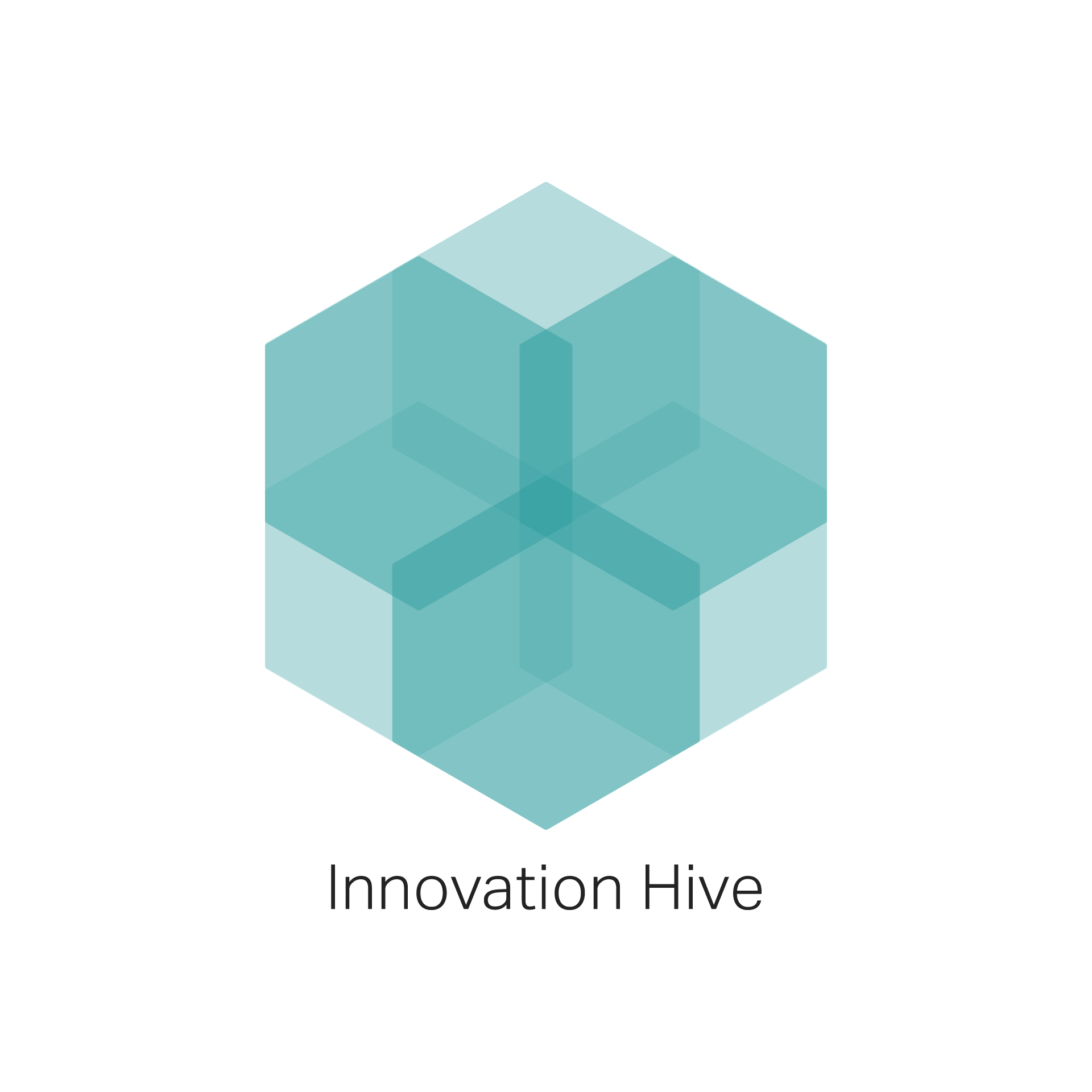Mercury pollution is a global problem that affects human health and the environment. Exposure to mercury can cause serious health problems, such as neurological damage and developmental delays in children. In response to this issue, many cities around the world are taking steps to reduce mercury pollution and create mercury-free city environments. One approach to achieving this goal is through complex awareness raising and behavior change. The aforementioned refer to the use of multiple strategies to educate individuals and communities about the dangers of mercury pollution and encourage them to change their behaviors to reduce their exposure to mercury. This approach recognizes that changing behavior is a complex process that requires a combination of different interventions, such as education, incentives, and regulations.
To combat this issue, the LIFE MERCURY-FREE project has been launched to create a mercury-free city environment through complex awareness raising and behavior change. The project is divided into six work packages, each with its own set of objectives to achieve the overall goal of creating a mercury-free city environment. WP1 – Project management and coordination: This work package is responsible for managing and coordinating the overall project activities. It ensures that the project is implemented efficiently and effectively and that all project partners are working towards the same goal. WP2 – Creation of an informational support, communication and cooperation platform of the Mercury-Free City community – LIFE e-HUB: The LIFE e-HUB is an online platform that provides information and resources to the public, stakeholders, and project partners. It serves as a communication and cooperation tool to facilitate the exchange of knowledge and experience among the Mercury-Free City community. WP3 – Awareness Raising and Behaviour Change by Confidence Building and Joint Multi-Stakeholder Search for the Problem Solution: This work package focuses on building confidence and trust among stakeholders. By involving all stakeholders in the problem-solving process, the project aims to create a sense of ownership and responsibility for creating a mercury-free city environment. WP4 – Organizing the wide informational and educational campaign and the behavioral change activities: This work package is responsible for organizing a comprehensive campaign to educate the public about the dangers of mercury pollution and promote behavior change. WP5 – Dissemination, communication, outreach, networking with other LIFE projects: This work package focuses on disseminating project results and outcomes to a wider audience. It aims to build partnerships with other LIFE projects and organizations to share knowledge and promote best practices in creating mercury-free city environments. Last but not least, WP6 – Sustainability, replication and exploitation of project results: This work package focuses on ensuring the sustainability of the project results and replicating them in other cities. It aims to identify opportunities for the replication of project outcomes and promote the adoption of best practices in mercury-free city environments
In conclusion, the LIFE MERCURY-FREE project is a significant step towards creating a mercury-free city environment. With its six work packages, the project aims to create awareness among stakeholders and promote behavior change to achieve the ultimate goal of a mercury-free environment. The project serves as an example of how complex awareness raising and behavior change can be used to address environmental issues and create sustainable solutions for the future. It is essential that we continue to work towards creating a healthy and sustainable environment



